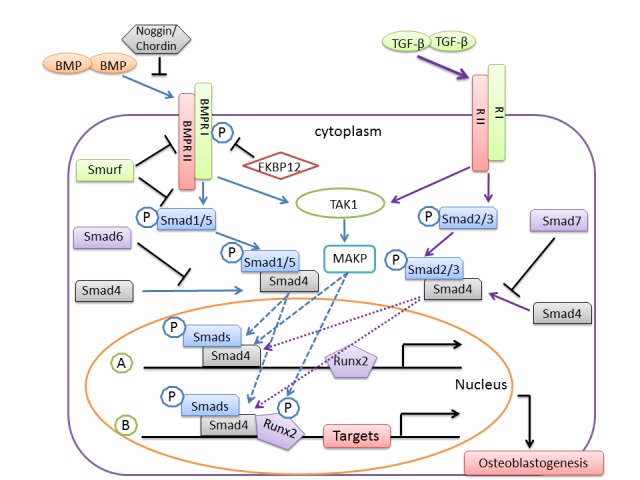Figure 1. BMP/TGF-β signaling and negative regulation in osteoblastogenesis.

BMP or TGF-β binds to and activates their receptor type II (RII) and receptor type I (RI) and leads to subsequent phosphorylation of Smads. Activated Smads form a complex with Smad4, translocate into the nucleus and trigger transcription of Runx2. Subsequently, Smads/Smad4 associate with Runx2 to regulate target genes necessary for osteoblastogenesis. BMP/TGF-β signaling can also activate transforming growth factor beta-activated kinase 1 (TAK1) and result in activation of MAPK, leading to enhancement of Smads/Smad4 induced transcription. The negative regulations include prevention of activation of Smads by Smad6/7, inhibition of receptors activation by Smurf and FK506 binding protein 1A (FKBP12), and inhibition of BMPs binding to their receptors by Noggin/Chordin. P, phosphorylation.
